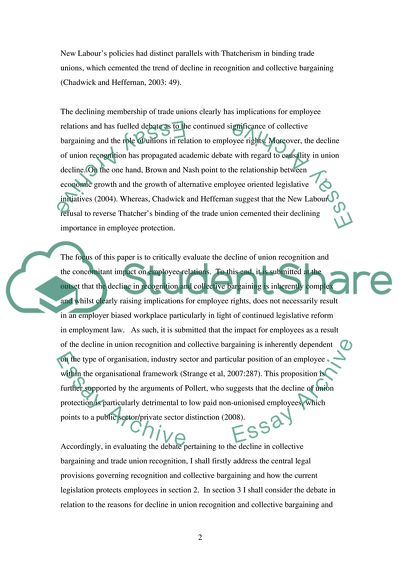Cite this document
(The Significance for Employees of the Decline in Trade Union Term Paper, n.d.)
The Significance for Employees of the Decline in Trade Union Term Paper. Retrieved from https://studentshare.org/human-resources/1729329-assess-the-significance-for-employees-of-the-decline-in-trade-union-recognition-and-collective-bargaining
The Significance for Employees of the Decline in Trade Union Term Paper. Retrieved from https://studentshare.org/human-resources/1729329-assess-the-significance-for-employees-of-the-decline-in-trade-union-recognition-and-collective-bargaining
(The Significance for Employees of the Decline in Trade Union Term Paper)
The Significance for Employees of the Decline in Trade Union Term Paper. https://studentshare.org/human-resources/1729329-assess-the-significance-for-employees-of-the-decline-in-trade-union-recognition-and-collective-bargaining.
The Significance for Employees of the Decline in Trade Union Term Paper. https://studentshare.org/human-resources/1729329-assess-the-significance-for-employees-of-the-decline-in-trade-union-recognition-and-collective-bargaining.
“The Significance for Employees of the Decline in Trade Union Term Paper”, n.d. https://studentshare.org/human-resources/1729329-assess-the-significance-for-employees-of-the-decline-in-trade-union-recognition-and-collective-bargaining.


